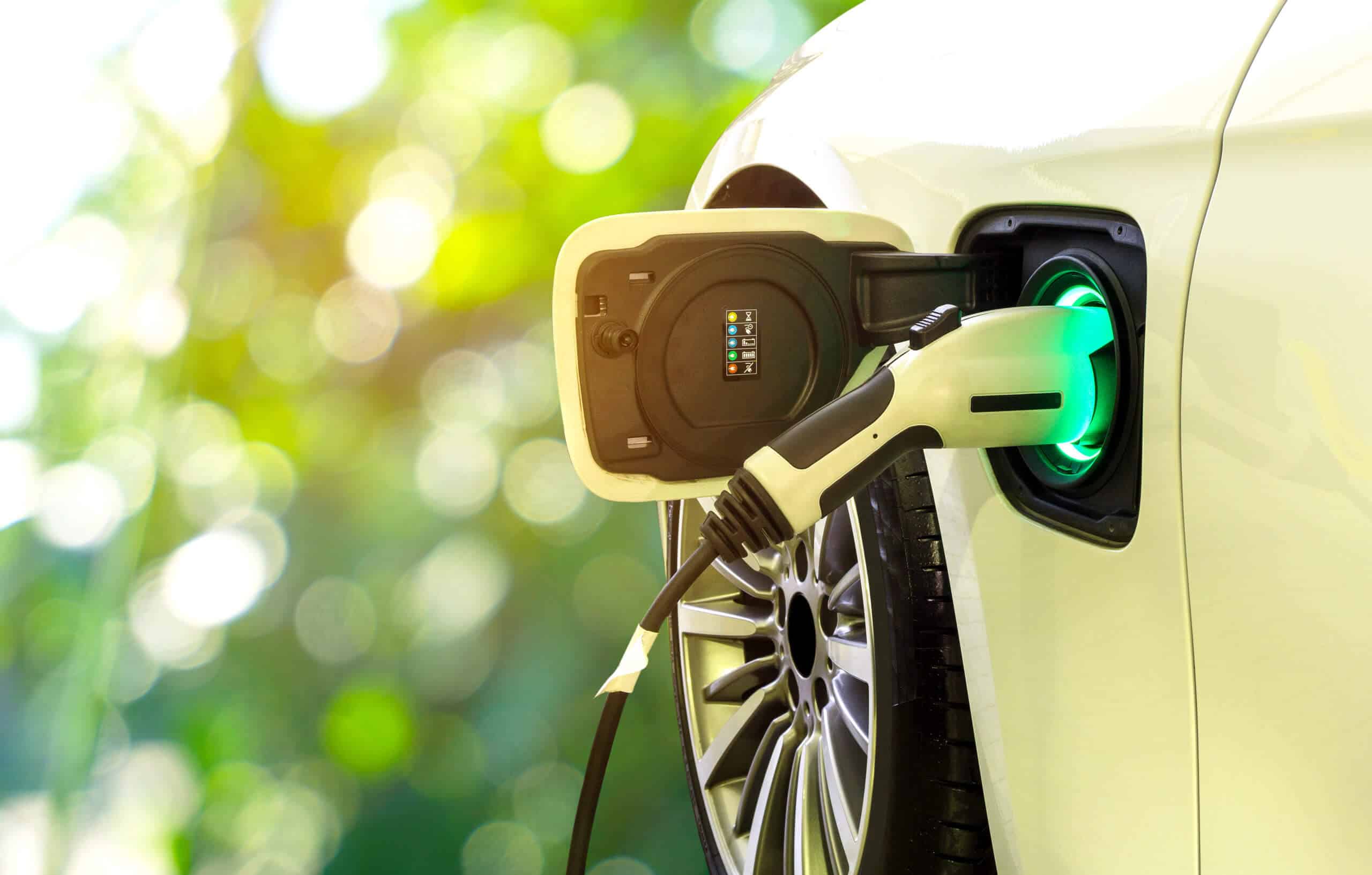With more and more if us buying electric cars, we explore how long it will be until the world converts to electric on the road?
The powerful roar and vibration of the internal combustion engine and the pleasure of driving. Is it all facing its demise with the advent of electric cars?
Are Electric cars as environmentally friendly as is being trumpeted? Let’s explore
Modern Age
First of all the electric vehicle is not an invention of the modern times. The first one was developed by Robert Anderson, the Scottish inventor, as early as between 1832 and 1839.
The steam powered engine and the internal combustion engine using gasoline were also being worked upon around this time.
It was only in 1886 that the German engineer Carl Benz applied for a patent for his vehicle powered by a gas engine which is largely regarded as the birth certificate of the automobile.
This was the three-wheeled Benz Patent Motor Car, model no.1.
Ten years later Henry Ford who was a farmer, a watch repairman and later a machinist built the first American experimental car in a workshop behind his home and registered the Ford Motor Company.
Within a few years, the Model T became highly successful and Henry Ford became a business magnate .
The electric car died even before it was born.
Exhaust-ing
Today, there are 1.42 billion cars in the world corrupting the environment with their noxious fumes and we’ve all seen the result.
The most common conditions caused by inhalation of the fumes from vehicles are lung cancer, colorectal cancer and many respiratory diseases.
This is in addition to the threat to the very survival of our planet due to pollution.
Our leaders have woken up, vested interests have stepped back and electric cars are beginning to be developed and produced at a breakneck speed.
On The Rise
The percentages are also starting to look interesting. Electric vehicles accounted for 4.2% of light vehicles sales in the year gone by which was almost double compared with the previous year.
Norway, Iceland and Sweden are leading the way and electric cars accounted for almost 75%, 45% and 32% in these countries, last year, respectively.
Germany is catching up too. In absolute numbers, China leads with over 1.3 million electric vehicles sold last year.
The governments in many other countries are drawing near to making their decisions to incentivise car makers to join the bandwagon to increase production.
As of today, the largest electric car manufacturers are Tesla, Renault-Nissan-Mitsubishi alliance, Volkswagen and BYD of China.
The major obstacle at the moment is the price of EVs and most new car buyers are not able to afford it.

The current average price for a medium sized electric car is approximately $44,000, which is about double that of a comparable car with an internal combustion engine. This is changing rapidly as it does with any new technology.
Electric vehicles in five to seven years from now are forecast to cost about 40% less than traditional cars.
The range is no longer a major issue since most electric cars can be driven on a single charge, to a distance of 250 to 450 kilometres.
Many countries expect they’ll be all electric between 2030 and 2035.
Preparations for charging are also in full swing with millions of charging points being built.
The Fine Print
Now here comes the kicker. How many millions of megawatts of electricity produced through the means of dirty fuel are going to be used for the charging of these environmentally friendly cars?
And more importantly what will happen with the disposal of the many millions of Lithium ion batteries that are used to power these cars?
According to estimates the battery packs in electric vehicles will last about 300,000 km.
Many scientists have expressed their concern on what they deem is going to be hazardous waste due to metal toxicity of the batteries, mainly cobalt.
Well! As it looks we are again burning the candle at both ends.
Perhaps it’s time to seriously think of home offices for good and good old bicycles and leave behind a nice green healthy planet for the young and the generations to come. One can dream. No?
Photos: Shutterstock
Renewable energy isn’t just for the car, it’s for the home too:
Support us!
All your donations will be used to pay the magazine’s journalists and to support the ongoing costs of maintaining the site.
Share this post
Interested in co-operating with us?
We are open to co-operation from writers and businesses alike. You can reach us on our email at cooperations@youthtimemag.com/magazine@youthtimemag.com and we will get back to you as quick as we can.










